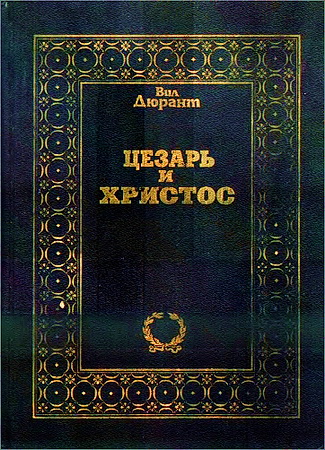
Oxford Handbook of the Pentateuch
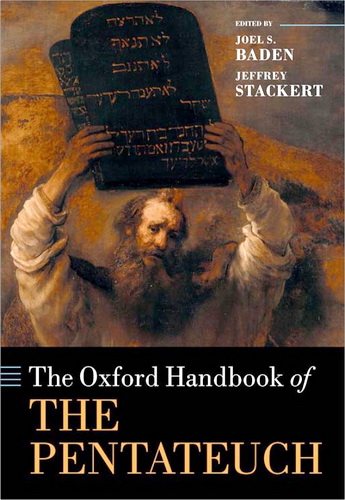
The field of pentateuchal studies continues to witness an impressive volume of scholarly productivity, activity that underscores the vibrancy of this area of academic research. Given this robust interest, it is unsurprising that diverse perspectives, approaches, and foci are represented in current scholarship. In part this is a feature of sub-specialization within biblical studies itself: it is possible, for example, to direct one’s research only to questions of linguistic analysis or textual criticism or reception history—across the texts or even within a single language, manuscript, or interpretive tradition. Such specialization is a welcome feature of pentateuchal studies. Yet as we will discuss below, and as the various essays across this collection demonstrate, there are also relatively well-endorsed and identifiable lines of inquiry that feature in contemporary pentateuchal research, especially with respect to the issue of compositional history—an issue that has preoccupied the field over the past two centuries and one that has implications for almost all literary and historical analysis of the Pentateuch.
On the basis of such recognizable trajectories of scholarship, some have identified alternative “models” within pentateuchal studies. The first and more prominent of these approaches may be characterized, in broad terms, as transmission-historical, and though there is hardly a single profile for this approach, in its present practice it is primarily redaction-critical. Transmission-historical scholarship typically reconstructs a long, multistaged history of literary composition and transmission, beginning with shorter, internally cohesive compositions—sometimes very brief, sometimes longer— and tracing their agglutinative growth over time, ending with the pentateuchal text-types identifiable in the Dead Sea Scrolls manuscripts and ancient translations. The second and less prominent contemporary approach is what has been termed Neo-Documentarian: it self-styles as a revision of nineteenth- and early twentieth-century scholarship and seeks to reground the Documentary Hypothesis of that era by offering a more circumscribed and defensible source analysis. In so doing, it argues that the bulk of the Pentateuch results from the combination of four originally independent literary compositions (in the order of their initial appearance in the text: P, J, E, and D) in a single compilational process. Yet even as Neo-Documentarian scholarship focuses especially on the compilation of the Pentateuch and the shape of the pentateuchal sources immediately prior to their compilation, it also acknowledges and, to the extent possible, identifies growth in these documentary sources prior to their combination in the Pentateuch and additions to the Pentateuch after its compilation (Baden 2012).
It has become increasingly common for representatives of these two approaches to frame their discussions by contrasting them with research featuring the other identifiable approach. This consolidation of the field and framing of its discussion represent a sort of convergence in contemporary pentateuchal research. Readers of the contributions to this volume will occasionally observe sharp distinctions drawn, for instance, between scholars who endorse a documentary analysis of the Pentateuch and those who do not—or do so only in part.
Joel S. Baden, Jeffrey Stackert - The Oxford Handbook of the Pentateuch
Oxford University Press, 2021. - 588 pp.
ISBN 978-0-19-872630-2
Joel S. Baden, Jeffrey Stackert - The Oxford Handbook of the Pentateuch - Contents
Abbreviations
List of Contributors
1. Introduction: Convergences and Divergences in Contemporary Pentateuchal Research - Joel S. Baden and Jeffrey Stackert
PART I TEXT AND EARLY RECEPTION
- 2. The Pentateuch: Five Books, One Canon - Olivier Artus
- 3. The Text of the Pentateuch - Sidnie White Crawford
- 4. The Pentateuch in Second Temple Judaism - John J. Collins
- 5. The Relevance of Moses Traditions in the Second Temple Period - Molly M. Zahn
- 6. The Pentateuch and the Samaritans - Magnar Kartveit
- 7. The Greek Translation of the Pentateuch - Cecile Dogniez
PART II THE FORMATION OF THE PENTATEUCH
- 8. The Beginnings of a Critical Reading of the Pentateuch - Jean-Louis Ska
- 9. The Graf-Kuenen-Wellhausen School - Rudolf Smend
- 10. The Documentary Hypothesis - Baruch J. Schwartz
- 11. Form and Tradition Criticism - Thomas B. Dozeman
- 12. Defining and Identifying Secondary Layers - Reinhard G. Kratz
- 13. Positions on Redaction - Reinhard Muller
- 14. The Priestly Writing(s): Scope and Nature - Jakob Wohrle
- 15. The Place of Deuteronomy in the Formation of the Pentateuch - Udo Rutersworden
- 16. The Relationship of the Legal Codes - Jeffrey Stackert
- 17. The Identification of Preexilic Material in the Pentateuch - Frank Polak
- 18. The Identification of Postexilic Material in the Pentateuch - Rainer Albertz
PART III THE PENTATEUCH IN ITS SOCIAL WORLD
- 19. The Genres of the Pentateuch and Their Social Settings - Angela Roskop Erisman
- 20. Ancient Near Eastern Literature and the Pentateuch - David P. Wright
- 21. The Pentateuch: Archaeology and History - Israel Finkelstein
- 22. Pentateuchal and Ancient Near Eastern Ritual - Yitzhaq Feder
- 23. The Imperial Context of the Pentateuch - Mark G. Brett
- 24. The Pentateuch Outside the Pentateuch - Reinhard Achenbach
- 25. The Pentateuch as (/and) Social Memory of “Israel” in the Late Persian Period - Ehud Ben Zvi
- 26. The Pentateuch as “Torah” - James W. Watts
Reference Index
Subject Index
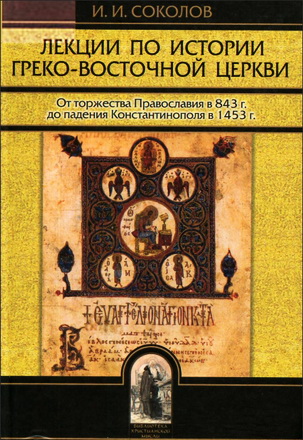

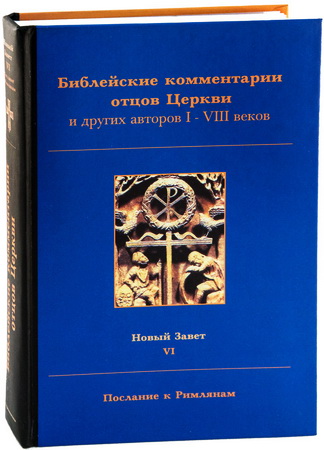
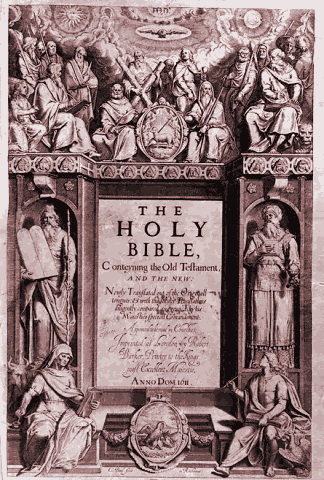
Комментарии (1 комментарий)
спасибо